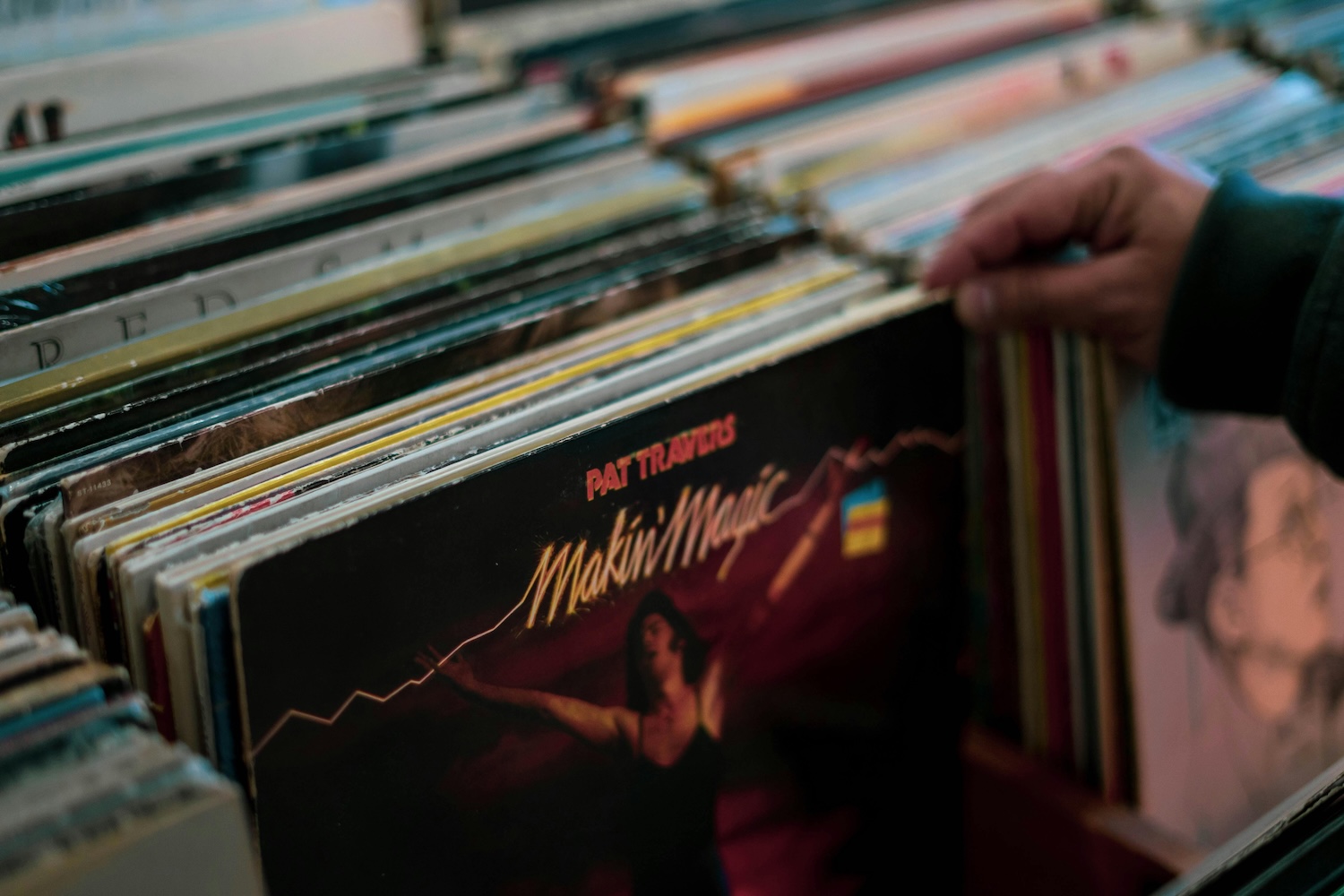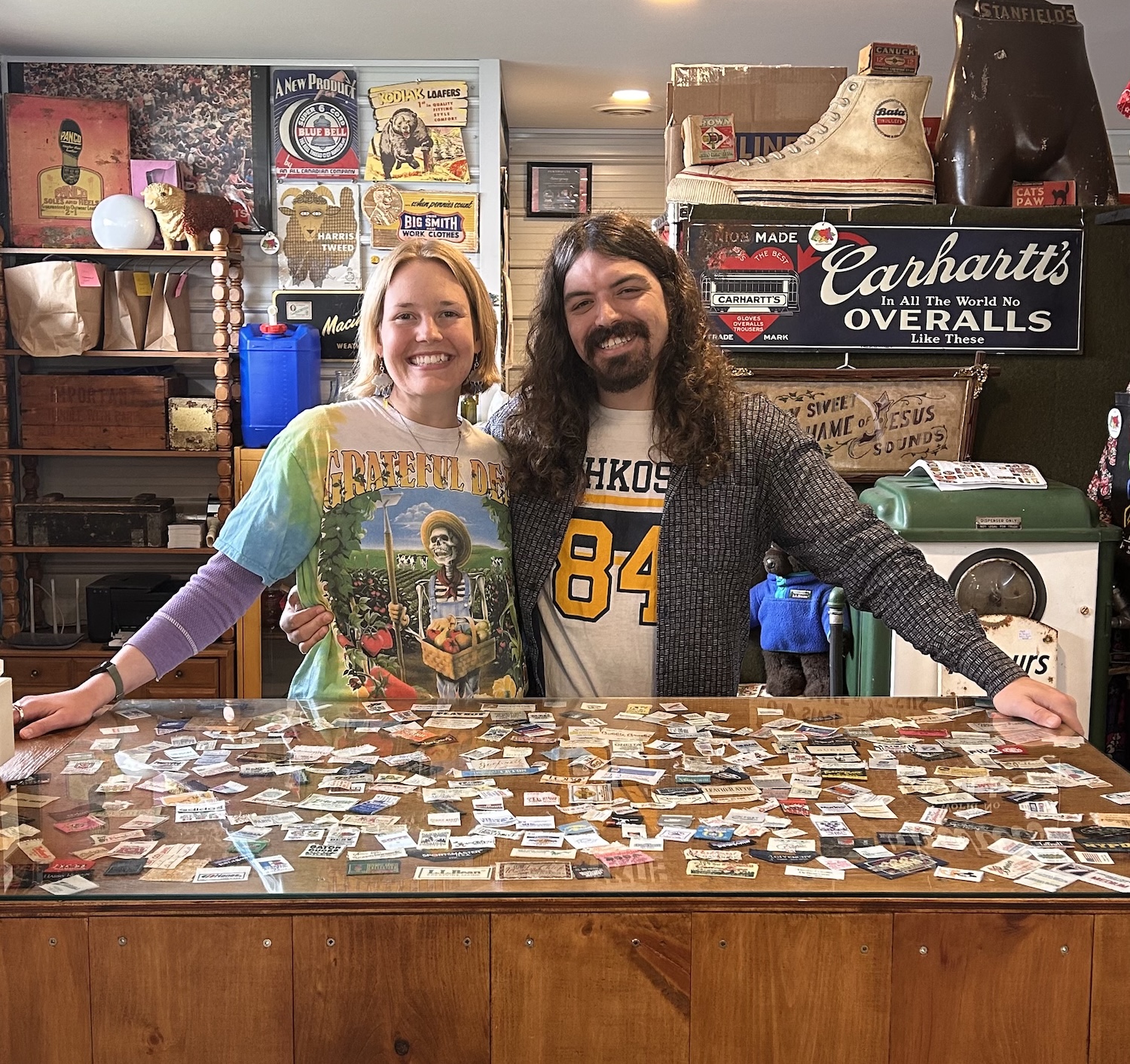.jpg)
10 tips to save money while shopping vintage and pre-loved
We round up some money-saving strategies for secondhand shopping
As the cost of living continues to rise and the economy remains uncertain, the appeal of vintage and resale shopping keeps growing.
Fashion enthusiasts and home decorators are turning to the resale market to find unique and budget-friendly options as they strive to elevate their style and living spaces while being mindful of their spending.
While the affordability of secondhand goods can vary, with the price of vintage items being determined by a variety of factors such as exclusiveness and provenance, it is possible to save while shopping vintage.
When you do decide to put your dollar toward secondhand shopping, know that not only does it provide one-of-a-kind pieces, but it also supports local businesses.
Read on to get our tips on how to shop vintage on a budget, and for money-saving strategies while resale shopping. Get ready to upgrade your wardrobe and home decor without breaking the bank!
1. Start at the thrift store.
Shop at a thrift store if you’re looking for something specific, like a pair of jeans or a vintage dresser. Thrift stores are often the best place to start your search because they usually have the most variety and selection on their shelves, and they tend to have lower prices than a consignment shop.
You don’t have to stick to just Goodwill or Value Village — there are likely many independent thrift stores in your local area. Google them and use reviews as a guide to know where to start.
If you’re really set on shopping new, you still can when shopping secondhand. Look for items that are marked “new with tags,” which means they are in new condition and still have the original hang tags attached.
Keep an eye on your local thrift shops’ social media pages, websites and in-store promotions. Often they’ll feature special tag colours for sales, discounts on certain days of the week (including for seniors), or offer coupons that you can apply to your purchase.
2. Know the difference between a thrift store and a consignment store.
Thrift stores offer gently used items at lower prices. They often receive donations directly from the community or community-based organizations, meaning the selection can be vast, and vary greatly.
Thrift stores are sometimes run by non-profit organizations, but many big thrift chains are for-profit. Non-profit thrift stores are an excellent place to start if you are trying to save money, because their prices tend to be lower.
Consignment stores sell gently used items brought in by individual sellers, usually at a higher price point than what you’ll find at a thrift store. These stores also often offer a more curated selection, as they handpick items to sell based on current fashion trends and demand.
Consignment stores often bring in designer items that command a higher market value. The selling price of the piece factors in both the commission the seller will make on the piece and the commission the store will make for selling it.
3. Look for quality in your vintage store purchases.
Resist the urge to make a purchase just because it’s cheap or less expensive than a new item. Make sure you are getting your money’s worth. Here are just a few suggestions of things you can check on vintage clothing, decor and furniture:
Fabric quality: Does the garment feel like it has good-quality fabric in good condition? Does it feel cheap or thin? Is there any pilling or wear on the seams?
Zippers: Do they have teeth? Are there any problems with zippers moving or splitting when zipped up?
Sturdiness: Does the item feel like it has good construction? Does it have any reinforced joints? Is it wobbly?
Condition: Is the item free from cracks, chips and other signs of wear and tear? Some wear and tear is normal for vintage, but it’s up to you to decide how much damage you’re willing to accept on an item.
4. Ask before buying anything that needs repair or cleaning.
If an item requires repairs, ensure that you can do them or that you’re willing to pay so you don’t spend money on a piece and then not use it.
If you’re evaluating something that looks like it needs repair, ask the shop owner if they can fix it for a lower price than you getting it repaired elsewhere. Not all sellers will be able to repair, but it’s worth checking.
The same goes for cleaning or dry-cleaning. Many independent resellers already clean or dry clean for free, saving you a step.
5. You can buy quality vintage pieces for less money if you know where to look.
Make a list of the things you are looking for, and then search around before making any purchases. Sticking to a list helps to reduce impulse buys.
Shopping for vintage home decor at flea markets or antique malls can save you money compared to online shopping. Items have less markup, and you can avoid sometimes-hidden marketplace platform fees. Plus, you can inspect items in person before purchasing to ensure they’re what you really want.
Explore garage sales, neighbourhood sales and bazaars to discover unique and rare vintage treasures.
Patience is key when shopping for vintage pieces. Keep a keen eye out, and wait for the right piece.
Continued below
Explore vintage events in your area
View our calendar
Continued from above
6. Try on vintage clothing or see vintage decor or furniture in person.
See items before purchasing, if possible:
Observe the quality of the materials before making a final decision about whether or not to buy it.
Bring a friend who will be honest about the pieces you’re looking at, and dissuade you from impulse buys.
Try to imagine several ways you could use the item: What outfits you will wear it with, rooms you could display it in. The more versatility a piece has, the more likely you’ll keep it and use it well.
7. Work with your local resellers.
Forge relationships with local sellers to unlock access to new items, discounts and exclusive offers. They often use their Instagram Stories to share upcoming sales with their loyal customers.
Consider “opening a box” with a trusted seller to accumulate items from their shop over time and save on shipping costs — they’ll put items aside for you, then ship it all at once.
Take advantage of other bulk purchasing options, such as Poshmark’s bundle feature, to reduce shipping expenses when acquiring multiple items from a single source.
When appropriate, you can ask sellers if they are open to offers. They may not be, but if they are, you can try to negotiate. The end of a vintage market or show is a great time to negotiate.
8. If you’re new to vintage or consignment stores, ask around. Other vintage enthusiasts may have insights on how to save money.
Connect with the vintage community by participating in local Facebook groups dedicated to vintage enthusiasts. On Instagram, try #vintagecommunity.
Seek trusted allies with a similar style aesthetic to accompany you on your thrifting adventures, providing valuable insights and a fresh perspective on your purchases.
Consider taking the role of a seller yourself by using online consignment platforms like Poshmark or Vinted. These platforms allow you to sell your pre-loved pieces at your convenience and receive payment via PayPal. This is an excellent way to create space for new acquisitions, get some spending money and put your treasure-hunting skills to the test.
9. Do your research ahead of time.
Familiarize yourself with the market helps to make informed buying decisions:
Develop an understanding of the vintage and second-hand items that align with your personal style.
Familiarize yourself with the value and historical background of vintage items, as this can aid in determining fair market pricing.
Learn to recognize signs of wear and tear, which is crucial in assessing the quality and value of vintage pieces.
Investigate the reputation of local vintage and secondhand shops by reading customer testimonials and Google reviews.
Familiarize yourself with the return policies of vintage and second-hand shops and thrift stores, if available.
10. Watch for sales.
Yes, vintage stores, antique malls and resellers in Canada typically have sales and promotions like any other retail store. These sales may be seasonal, for holidays, or to clear out inventory.
Check the discount bins while visiting vintage and thrift stores. Additionally, signing up for their email newsletters or following them on social media can help you stay updated on their latest sales and offers.
Shop smart, save money
In today’s economic climate, shopping smart has become even more critical as individuals aim to make the most of their hard-earned money. This involves researching before purchasing and considering the item’s price and quality.
Take the time to compare prices, read reviews and watch out for hidden fees. Investing in classic, timeless pieces rather than following fleeting trends saves you money in the long run and helps build a versatile and sustainable wardrobe or home.
Following these tips will help to ensure you get the best value for your money on your next vintage shopping trip.
For more on this topic, watch The Vintage Seeker’s Instagram Live recording “Saving Money When Buying Vintage” with Fox & Phoenix Vintage.
What are your best tips for saving money while shopping vintage? Let us know in the comments!
____
Diana Zame is a freelance writer based in Canada.
Thank you for valuing our work!
Support our work to see this page.
You’ve got a good eye, but this gem is only available for members. Register for a plan or upgrade your current one to peek behind this vintage curtain, or log in below.















